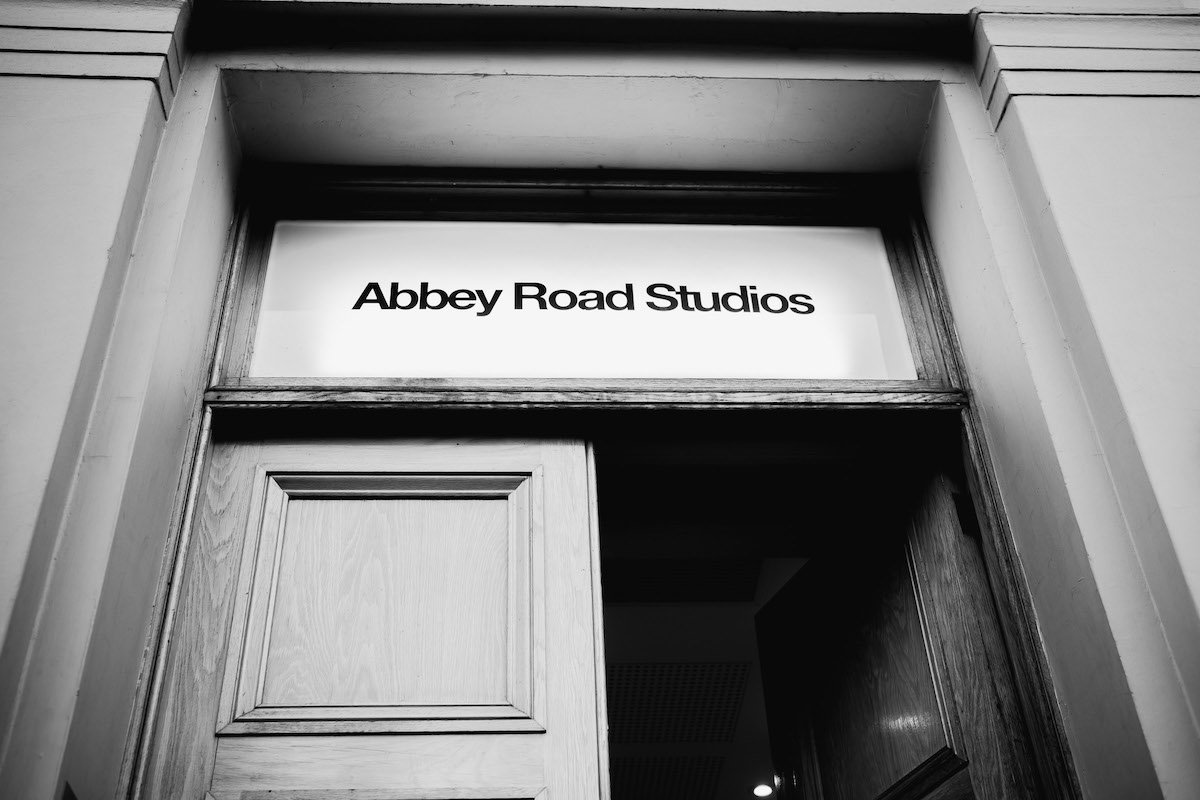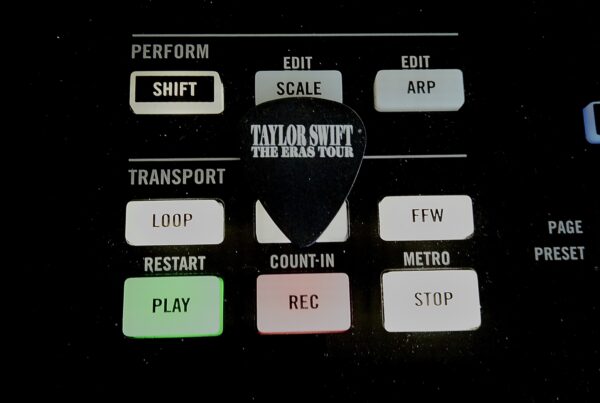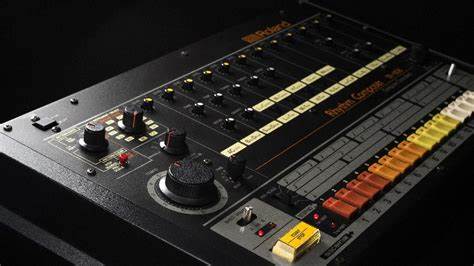Article by Michael Leighton-Cunningham
Who knew that when John, Paul, George and Ringo would walk over the zebra crossing outside Abbey Road Studios, they would create one of the most iconic album covers of the 20th Century – with many different tributes and imitations of the cover to come over the years from Red Hot Chilli Peppers, Kanye West and George Benson, to name a few.
Abbey Road was their eleventh studio album and although it was their penultimate studio record, it was the final one to be recorded by the group. After the tensions had arisen during the ‘Let It Be’ Sessions, it was unsure that Abbey Road would ever be made. It was originally thought that The Beatles had decided to record Abbey Road as their final record, recording it the way they used to make records during their peak period under George Martin. In a recently unearthed tape by Mark Lewisohn, The Beatles had intended to make a new record, with George Harrison receiving more song-writing credit due to his blossoming skills, shown with ‘Something’ and ‘Here Comes The Sun’ that are both included on Abbey Road.
The record was released on 26th September 1969 unbeknownst to their adoring fans that this would be their last hurrah, the final curtain call, the pièce de résistance. Abbey Road spent a total of 17 weeks at number one in the charts and being listed at 14th in Rolling Stone’s 500 Greatest Albums of All Time list. So, when it came to the 50th Anniversary of the album this year, there was no surprise that there would be a brand-new Giles Martin and Sam Okell stereo mix of the album. This is following the anniversary releases of both Sgt. Pepper’s Lonely Hearts Club Band (2017) and The Beatles [The White Album] (2018).
Whilst both Sgt. Pepper and The White Album have received critical acclaim for their new remixes, there was a question mark over whether Abbey Road would need remixing, as this was the first Beatles album to be recorded using eight-track reel to reel tape machines, unlike both Sgt. Pepper and The White Album which both used four-track machines. Upon listening to the album you can certainly tell how the differences have already brought a timeless album into the 21st Century. On all of the tracks on the album, the bass and the drums have been centralised within the mix and given more clarity so that the listener can hear with more preciseness the fantastically orchestrated drum fills by Starr and the basslines that McCartney is famous for, but it is not just there that the sound quality of the new remixes have improved. The new mix also does wonders for the three-way guitar duel between Paul, George and John on ‘The End’ with added sharpness to the way the solo’s hit the listener, not to mention the feeling that the added clarity gives to the drums during Ringo’s only drum solo with the group. Being a Beatles fan since childhood, it really does give you a fresh outlook on an record that had become a staple of any car journey or playlist created and a sense that you were listening to a brand new record, but familiar in so many ways that it reminds you of the good times.
The new set of stereo remixes also includes 23 outtakes from the recording sessions that have not been released previously. This includes little gems of McCartney numbers such as ‘Goodbye’ and ‘Come and Get it’ with the former being a hit for Mary Hopkin and the latter becoming a hit for Badfinger, both artists being to The Beatles Apple Records label at the time. The outtakes also include some quite interesting studio chatter between the group. For example in ‘I Want You (She’s So Heavy) at the start of the take, you can hear chatter about a noise complaint that had been received during a late night session and in ‘The Ballad of John And Yoko’, you can hear both Lennon and McCartney referring themselves to both Harrison and Starr (This is due to both Harrison and Starr having left the band at this time and not being included on the final mix). It also includes an original mix of “The Long One”. The Long One is the medley that was included on the second side of the LP in its original format, placing ‘Her Majesty’ in between ‘Mean Mr Mustard’ and ‘Polythene Pam’ unlike on the original album where it was decided by Paul McCartney that it should be cut from the medley, becoming the hidden last track on the original album.
Overall, following on from the remixes that Giles Martin and Sam Okell has done previously, it can safely be said that whilst keeping the integrity of the original album, the new mix does wonders for Abbey Road and makes what is a timeless classic even better. In the end, the love you take really is equal to the love you make.



